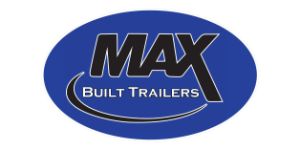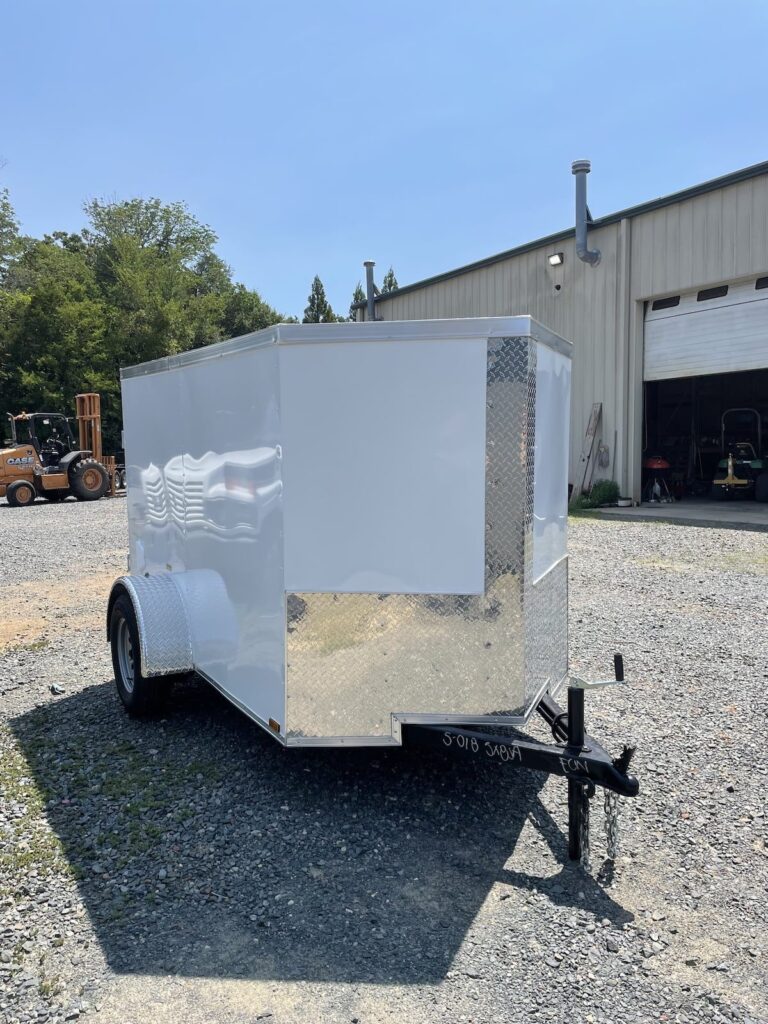Transporting your dirt bike safely and efficiently is a crucial aspect of being a motocross or trail riding enthusiast. Whether you’re headed to the track, hitting the trails, or embarking on a cross-country adventure, having the right trailer can make all the difference. In this guide, we’ll explore the ins and outs of transporting your dirt bike, with a focus on whether you need an enclosed trailer or a utility trailer for the job.
Assess Your Needs:
Before diving into the specifics of trailers, take a moment to assess your transportation needs. Consider factors such as:
- Frequency of transportation – how often will you be transporting your bike?
- Distance of travel – how far will you be traveling with your dirt bike on the trailer?
- Storage space availability – do you have an HOA, neighbors, or city codes that have storage stipulations?
- Budget constraints – how much can you afford to spend?
Choose the Best Trailer for a Dirt Bike:
Enclosed Trailers: These provide optimal protection from the elements and added security for your dirt bike.
- Look for sizes ranging from 5’x8′ to 8.5’x24′ or larger to accommodate your bike comfortably.
- Features like rear ramp doors, interior tie-down points, and side doors enhance convenience and safety.
Utility Trailers: Cost-effective and versatile, utility trailers are ideal for occasional transport.
- Sizes vary from small 4’x6′ models to larger 6’x12′ or 7’x14′ trailers, offering flexibility for different needs.
- Seek sturdy construction, built-in tie-down points, and removable or foldable ramps for easy loading and unloading.
Loading Your Dirt Bike:
- Ensure the trailer is on level ground before loading your dirt bike.
- Use a sturdy ramp or loading dock to facilitate loading, especially for higher trailers.
- Utilize tie-down straps to secure the front and rear of the bike, ensuring it remains stable during transit.
- Double-check the tightness of the straps and test the stability of the bike before hitting the road.
Safety Precautions:
- Check tire pressure and trailer hitch connection before departure.
- Use proper lighting and reflective gear to enhance visibility, especially when traveling at night.
- Drive cautiously, avoiding sudden stops, sharp turns, and excessive speeds.
- Periodically check the straps and bike during transit to ensure everything remains secure.
Unloading Your Dirt Bike:
- Park the trailer on level ground and engage the parking brake.
- Remove the tie-down straps and carefully unload the bike using a ramp or loading dock.
- Inspect the bike for any damage incurred during transit and address any issues promptly.
By following these tips and selecting the right trailer for your needs, you can transport your dirt bike safely and confidently. Whether you prefer the protection of an enclosed trailer or the versatility of a utility trailer, proper loading, securing, and driving techniques are key to a successful transport experience. So gear up, hit the road, and enjoy the thrill of riding wherever your adventures take you!
Legal Disclaimer: The information provided in this article is for general guidance purposes only. It is not intended as legal, safety, professional advice, or replacement for product manuals. Readers are advised to consult relevant authorities, manufacturers’ guidelines, and seek professional assistance for their specific circumstances and vehicles. The author and publisher disclaim any liability for actions taken based on the contents of this article.





